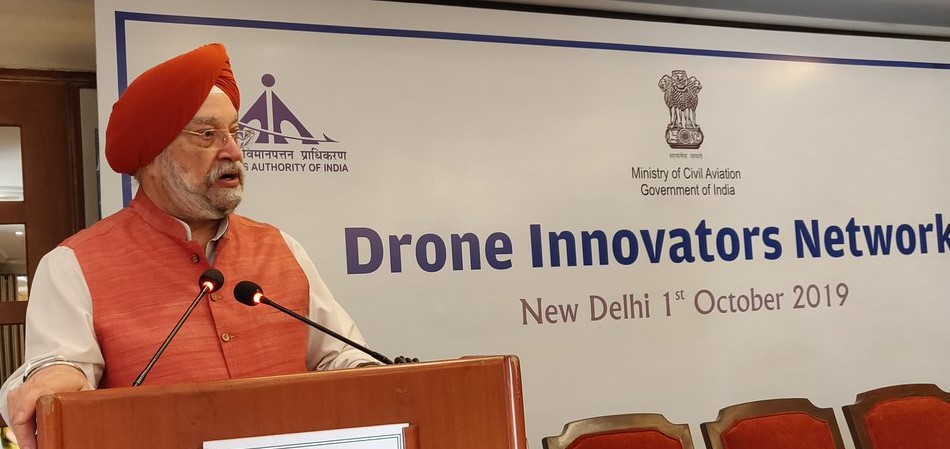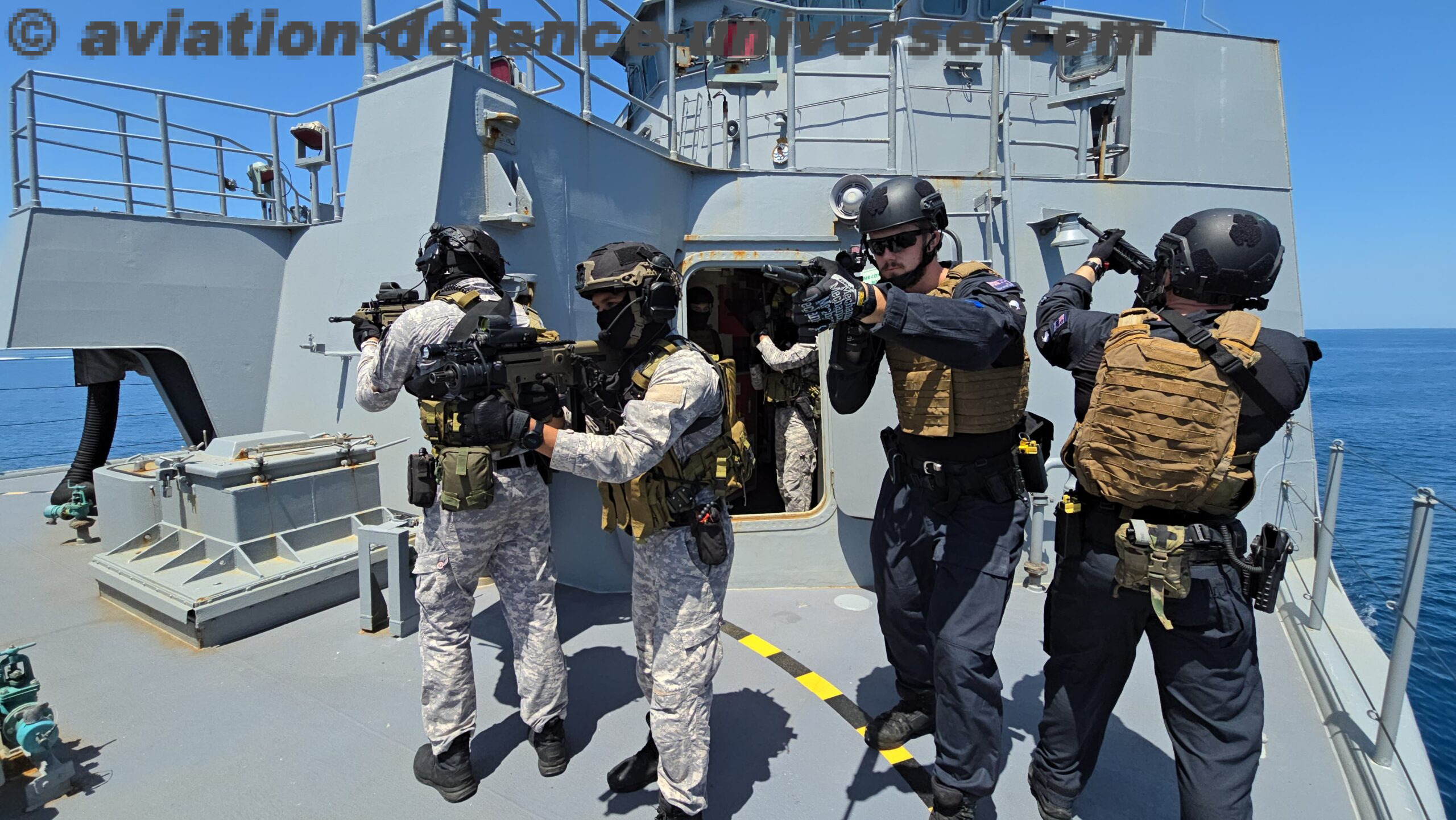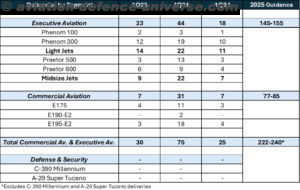
New Delhi. 02 October 2019. Drones are not only a matter of concern but also a matter of grave requirement for any country and India is not behind in its need for not only procuring drones but also using them for civil and military applications. But what looms large is the threat these unmanned vehicles perpetrate for the skies above the nation and the aircraft flying in them. So regulations on them are a must and the Government of India has a complete policy chalked out for their deployment.
“Aviation is undergoing a revolution and the pace of technological advancement is providing both opportunities and challenges. It has been our effort to ensure that policy fundamentals are contemporary, and that technology acts as an enabler and catalyst for growth. Expanding use of unmanned Aircraft Systems (Drones) is one such example. India is favourably placed to be a leader in this sector and serve as a model for balancing the opportunities that drones bring for social and economic development with the obligation to maintain public safety and security. Responsible use is the way forward,” said Hardeep Singh Puri, Minister of State(I/c) for Civil Aviation, Housing & Urban Affairs said delivering the Keynote Address at the Drone Innovators Network Summit-2019, here today.
The summit organised by the World Economic Forum under the aegis of the Ministry of Civil Aviation saw participation from National & International Aviation Regulatory bodies, Drone Industry and senior Civil Aviation Ministry officials.
The minister further added “India is one the few countries to come out with drone regulations. India’s Directorate General of Civil Aviation issued Civil Aviation Requirements (CAR), effective 1 December, 2018 for drones. As per the regulations, manufacturers of drone are required to comply with the requirements of No Permission, No Take-off (NPNT) on the Remotely Piloted Aircraft System (RPAS). These regulations (CAR Version 1.0) only permit operations of drones during daytime Visual Line of Sight. While we appreciate, and understand immense commercial and social applications that a drone can provide, at the same time, however, we are also aware of the destructive nature of the technology. We have, therefore, developed a system in which each of the operators of drones is recognised and tracked so as to have secure and safe drone operations. To support exponential growth of the drone technology adoption, India will require a strong technology platform for governance of Drones.”
NPNT is a software programme that enables every Remotely Piloted Aircraft System (RPAS) (except Nano) to obtain a valid permission through the DigiSky platform before operating in India. OEMs/Manufacturers are to comply with this requirement.
The DigiSky is a portal for registration and flying of civil drones in India. The purpose of DigiSky is to create a digital, paperless process, thus providing on-demand seamless permissions for UAS/RPAS, operators, and pilots. The RPAS are embedded with encrypted firmware by the manufacturer to receive permissions through ‘DigiSky’ each time before take-off. This platform will also eventually enable Unmanned Aircraft Traffic Management (UTM) functions. “No drone zones” are to be geo-fenced into the DigiSky platform and the NPNT code will activate the “Return to Home” function in the drone and the same shall be recorded in the Digital Recorded Path. In case the drone deviates from its path or enters a no drone area, it will automatically return to home.
The Summit saw various stakeholders sharing ideas on the best path forward to maximize the benefits of emerging drone technology while protecting society from the risks.





























































































































